Problem: Using puppeteer to get the screengrab of a website. Works fine on dev machine but throws below exception when deployed to Azure Functions on the cloud.
Environment: on Azure(Node 12, Linux, Consumption plan), Function triggered using service bus topic.
Error:
Result: Failure Exception: Error: Failed to launch the browser process! spawn
/home/site/wwwroot/node_modules/puppeteer/.local-chromium/linux-818858/chrome-linux/chrome
EACCES TROUBLESHOOTING: https://github.com/puppeteer/puppeteer/blob/main/docs/troubleshooting.md
Stack: Error: Failed to launch the browser process!
spawn /home/site/wwwroot/node_modules/puppeteer/.local-chromium/linux-818858/chrome-linux/chrome
EACCES TROUBLESHOOTING: https://github.com/puppeteer/puppeteer/blob/main/docs/troubleshooting.md
at onClose (/home/site/wwwroot/node_modules/puppeteer/lib/cjs/puppeteer/node/BrowserRunner.js:193:20)
at ChildProcess.<anonymous> (/home/site/wwwroot/node_modules/puppeteer/lib/cjs/puppeteer/node/BrowserRunner.js:185:85)
at ChildProcess.emit (events.js:314:20) at Process.ChildProcess._handle.onexit (internal/child_process.js:274:12)
at onErrorNT (internal/child_process.js:470:16) at processTicksAndRejections (internal/process/task_queues.js:84:21)
I followed the recommendations that are on puppeteer troubleshoot document but still having the same issue.
Things I tried for lunch setting
let browser = await puppeteer.launch({ ignoreDefaultArgs: ['--disable-extensions'] });
let browser = await puppeteer.launch({ headless: true, args: ['--no-sandbox', '--disable-setuid-sandbox'] });
let browser = await puppeteer.launch({ headless: true });
let browser = await puppeteer.launch({ args: ['--no-sandbox', '--disable-setuid-sandbox'] });
None of the above worked. They all throw the same error.
I checked FTPing into the function and the chrome file puppeteer is looking for, exists.
Thanks in advance.





